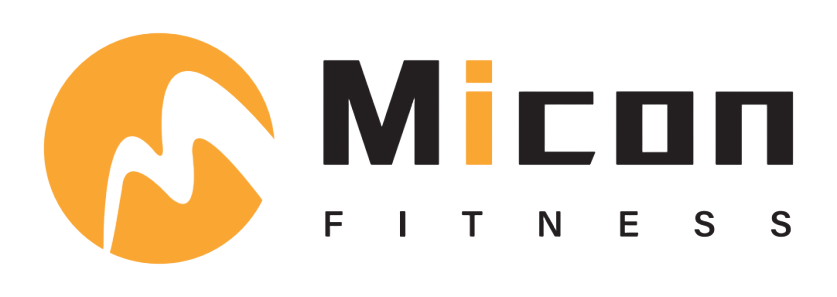Pilates & Active Aging: Building Strength, Stability, and Confidence After 40
Release time:
2025-11-15
Author:
Source:
Aging is not a decline — it is a transition. After 40, the body naturally changes: muscle mass decreases, joint lubrication slows, recovery takes longer, and balance becomes more fragile. Yet these changes do not have to limit how we move, feel, or live. Pilates has become one of the most research-supported and practitioner-approved training methods for active aging, offering low-impact, intelligent movement that supports long-term strength, mobility, and confidence.
Pilates is uniquely effective for adults over 40 for one core reason: it builds strength from the inside out. Instead of relying on heavy loads or high-impact exercise, it strengthens the deep stabilizers of the spine, hips and shoulders — the muscles most responsible for posture and joint integrity. This makes Pilates exceptionally safe for individuals experiencing stiffness, chronic back pain, or early signs of degenerative joint conditions.
One of the most transformative benefits is improved mobility. With age, soft tissues lose elasticity, and the body compensates with restricted movement patterns. Pilates restores controlled joint range by teaching proper alignment and recruiting the appropriate muscles during each motion. The result is smoother, more efficient movement that reduces strain on vulnerable joints.
Balance training is another crucial element of aging well. After 40, vestibular sensitivity decreases, and lower-body strength naturally declines. Pilates incorporates dynamic balance challenges — standing leg work, weight shifts, single-leg stability, and core-activated transitions — that re-train the neuromuscular system. Many practitioners report fewer falls, better body awareness, and renewed confidence in daily activities.
Breathing is also central to the Pilates method. The diaphragmatic breath strengthens deep core muscles, improves oxygenation, and assists in stress reduction. For adults managing career stress, family responsibilities, or hormonal changes, this mindful breathing offers emotional grounding and improved sleep quality.
Pilates equipment like the Reformer, Cadillac, and Chair offers additional advantages for aging adults. Springs provide adjustable resistance that supports joints while still challenging muscles. The equipment allows for precise, guided movement patterns that are often safer than free weights or unsupervised gym machines. For individuals experiencing knee pain, hip tension, or shoulder stiffness, Pilates equipment becomes a bridge to strength without risk.
In addition to physical benefits, Pilates profoundly impacts emotional well-being. Many adults over 40 describe feeling “disconnected” from their bodies — due to long work hours, stress, or self-neglect. Pilates reconnects awareness with movement. Each session becomes a practice in presence: listening to the body, refining movement, and rediscovering a sense of capability. This creates a powerful mental shift from “my body is aging” to “my body is adapting.”
Practical integration is simple. Adults can begin with 2–3 sessions weekly, combining mat fundamentals with equipment-based strength. Early priorities include neutral spine awareness, hip mobility, ankle stability, thoracic rotation, and breath coordination. With consistency, practitioners often see changes within 4–6 weeks: better posture, less stiffness, improved balance, and renewed physical confidence.
Ultimately, Pilates is not just exercise for aging — it is movement for longevity. It preserves muscle quality, supports joint integrity, enhances balance, deepens breathing, and nurtures emotional resilience. For anyone entering their 40s, 50s, 60s and beyond, Pilates offers a sustainable, intelligent path to moving well for decades to come.
关键词:
Pilates active aging longevity mobility balance core strength joint health Reformer seniors
Recommended News




TikTok


Wechat:+86 13053433933
Innovation and Technology Park, Ningjin County, Shandong Province, China


